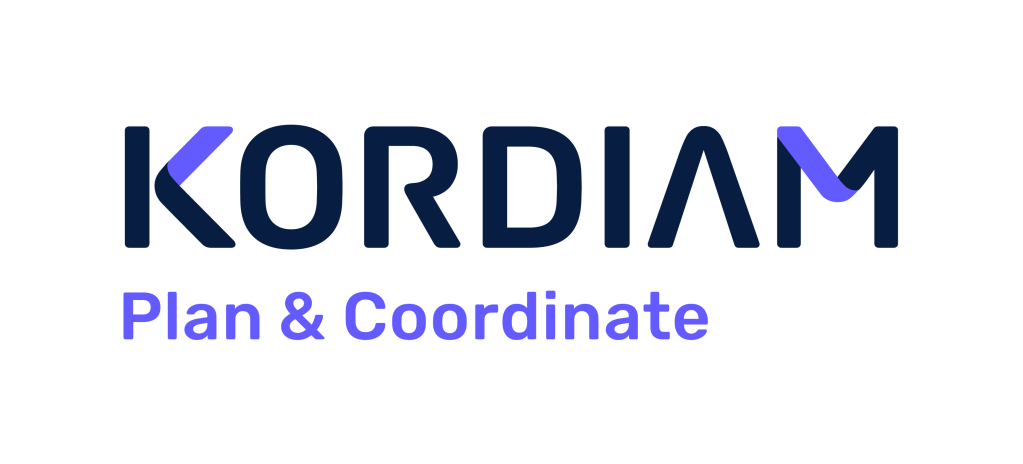[This is a sponsored post from ONA supporter Desk-Net. With Desk-Net, you take control of your newsroom and make sure you are delivering the right stories to your audiences at the right time and in the right place.]
Audience-led planning allows you to leverage audience insights to guide your content creation process, ensuring that you deliver valuable and engaging content to your target audience.
In this article, we will explore the steps and strategies to incorporate audience-led planning into your digital publication.
Step 1: Analyze your audience
This first step goes beyond basic demographics and delves into your audiences’ values, attitudes, interests and needs. By identifying these key aspects, you can tailor your content to address their specific interests.
- Identify your audiences: Start by determining the different segments of your audience. This could include niche audiences or multiple audiences if you are a larger publication. Consider factors such as political affiliations, social descriptors, values, attitudes and interests. Do not just rely on demographics.
- Explore topics of interest: Conduct research to uncover the topics that resonate with your audience.
- Consider user needs: Think about how your audience wants to consume content. Are they seeking information, entertainment or educational pieces? Determine the types of content that align with their needs and preferences.
- Choose the right platform: Consider the platforms where your audience spends their time. Whether it’s newsletters, websites or social media, understanding their preferred channels will help you deliver content in the most effective way.
Step 2: Collaborate with your Team
Here’s how you can collaborate effectively:
- Define playbooks: Develop guidelines per desk or platform, providing your team with a framework to work through the day. These playbooks should include grids that outline content planning across the week, including time slots.
- Quantify content output: Determine the number of stories per daily slot, identifying the target audience, user needs, and ideal timing for each piece of content. For planned topics such as real estate or jobs, clearly define the requirements for each desk.
- Train your staff: Ensure that your staff understands the audience-led planning process and the importance of aligning their pitches and content with the defined guidelines.
- Review and revise: Regularly assess the match between the pitches coming in and the defined guidelines.
Step 3: Implement audience-led planning
Step 3 involves incorporating the insights gained into your content creation process. Here are some key considerations:
- Content intent and purpose: Shift your focus from filling spaces to creating content with intent and purpose. Consider the type of article (educational, informative, entertaining) and how your audience will consume it.
- Flexibility and timeliness: Unlike traditional print publications, digital platforms allow for multiple publishing slots throughout the day. Take advantage of this flexibility by timing your content to align with your audience’s preferences.
- Quality over quantity: Rather than producing a high volume of content, prioritize quality over quantity. Remember, it’s better to have engaged readers who convert into subscribers than a large volume of “ghost content” that goes unnoticed.
By understanding your audience, collaborating with your team, and implementing audience insights into your content creation process, you can create content that resonates with your target audience.
Want to take your newsroom’s content planning to the next level? Discover how Desk-Net can help you create audience-led content that resonates with your readers.


